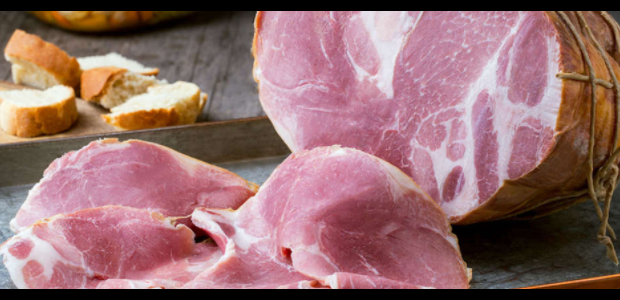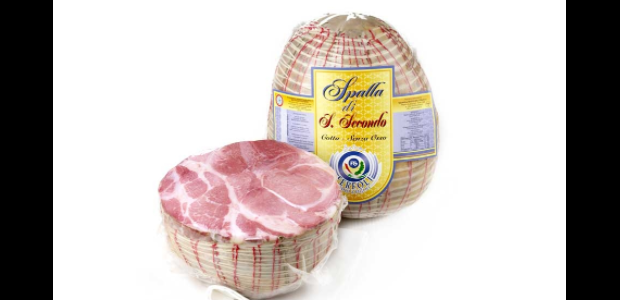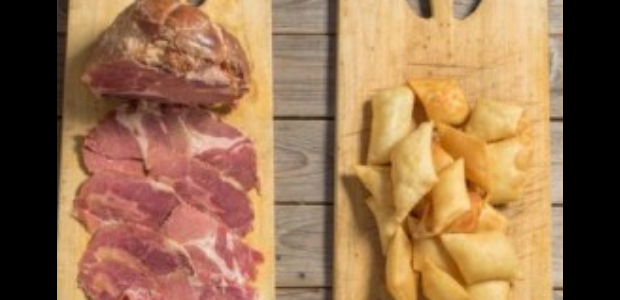Languages
Irresistible and delicate. It's the Spalla di Parma
Flavour of Bassa
"Kind of ham that is made with pork shoulder. The best and most celebrated of these cured meats is made in San Secondo, a village of Parmigiano" – Carlo Malaspina, Vocabolario Parmigiano-Italiano, 1850
Irresistible, delicate, scented with Bassa... Excellent to taste with a slice of homemade bread but also for an aperitif in Emilian. Of ancient origins – dating back to 1170 according to some documentary sources – and appreciated by Giuseppe Verdi himself, the shoulder of San Secondo is a salami recognized as a Traditional Italian Agri-Food Product (P.A.T.) and inextricably linked to the territory between the inhabitants of Fontanellato, Roccabianca and Pieveottoville, and of which San Secondo Parmense is the beating heart.
«[...] On the other hand there is the salami, the cooked shoulder and the culatello that are extraordinary, so much so that if I were to be born a pig, I would pray to God to give birth to me in the Lower" – G. Guareschi
The cooked shoulder is obtained from careful processing of the anterior quartino of the pig. This term refers to the upper part of the animal's paw, as well as to the specific portion in which the scapula keeps the cup and, precisely, the shoulder separate.
It is a unique product of its kind, whose difficult realization consists of different phases. First, you need to perform a cutting operation in advance that allows you to remove bones or any unusable parts. Through the "tanning" it is instead possible to sprinkle the meat with aromas (such as salt, pepper, garlic, nutmeg and cloves) that give it an inimitable flavor. After letting it rest for a period of two weeks in the cold room, the next stage of binding gives the salami the typical rounded shape. Then invested with a film bladder of bovine origin, it is therefore possible to proceed with the sewing, at the end of which the extraordinary sausage is seasoned in a cool and dry place for about sixty days.
"Before you put it on fire you have to remove it with salt, that is, leave it two hours in warm water. Then you set fire to a container that contains a lot of water. It must boil over a low heat for six hours, then you will let it cool in its broth. Cold that it is, that is, 14 hours later, remove it from the pot, dry it and eat it...» – Letter of Giuseppe Verdi to Count Arrivabene of 24 April 1872
The shoulder is finally cooked in plenty of water with bay leaves, white (or red) wine and spices. The cooking, taking place over a very slow heat at a temperature of about 75 °C, therefore contributes to maximize all its tastyness and enchanting melting.
Served hot and hand-cut into coarse slices, the cooked shoulder is really unsurpassed when accompanied by the classic fried cake, some vegetables in oil and a glass of
Fortana. However, there is nothing to prevent you from being able to enjoy it even cold and sliced in a subtle way, so as to appreciate every nuance of sweetness. In short, in any version you will decide to propose it, success at the table with friends is assured.







